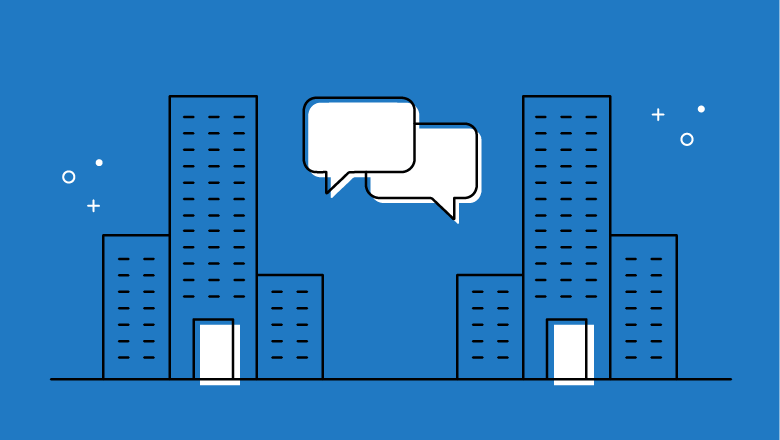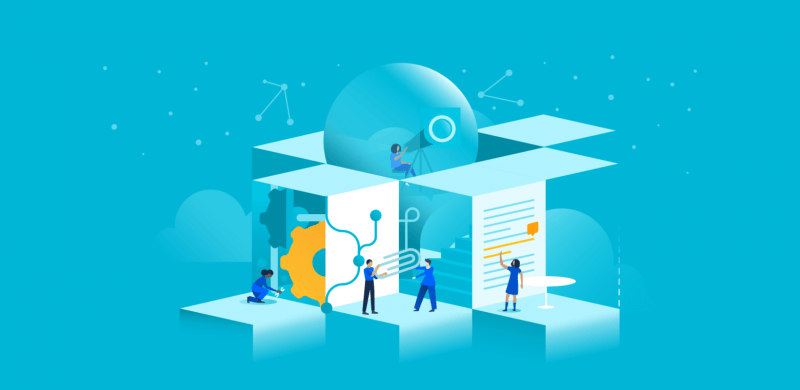Enterprise UX

Enterprise UX vastly differs from consumer UX, with its own unique challenges and problems that designers must navigate. Designers must often deal with large (and occasionally poorly coordinated) bureaucracies and companies, old software systems, and design constraints. However, these challenges can get designers to step out of their comfort zone while learning to provide efficient and effective UX solutions within an enterprise setting.
Generally, applications can be divided into two categories: consumers and enterprise.
- Consumer applications: these applications and apps are designed to be used by customers and to meet their needs and wants.
- Enterprise applications: these applications and apps are designed to be used by a company and seeks to meet the needs of the business rather than the customers.
The main difference between these applications is
- Target audience: the end-user for consumer apps is the public, whereas enterprise applications are used within companies for internal organization and are not available for public consumption.
- Functionalities: the goal of consumer applications is to improve the daily life of the user or otherwise meet the needs of users, whereas the goal of enterprise applications is to meet business goals rather than the needs of the employees and employers who use them.
- Availability: consumer apps can be found in the app store and are generally accessible to the public, whereas enterprise apps are restricted to the employees and employers of a certain company or business.
The most significant difference between Enterprise and consumer applications are the end-users. For enterprise applications, end-users are company employees who are forced to use the software their employers have chosen, and do not have the option to switch to another software if they are unhappy with the current one. The lack of freedom users regarding enterprise applications makes it is increasingly vital that enterprise designers produce applications with high usability and functionality.
An Evolving Field

Enterprise UX, and what is included in it, has grown dramatically over the years. Initially, enterprise UX focused on the software and logistics used in businesses and ensuring that such software was equipped to meet the needs of the company. However, today, enterprise UX is also comprised of intuitive and seamless interfaces, coherent navigation, interaction design, and user-centred design.
Designing for Enterprise

When designing enterprise software and applications, designers must work closely with product owners, developers, board members, and data analysts to understand what motivates them as they will likely work with them at some point in the design process.
Further, designers ought to have a strong understanding of ethics and the ability to apply them to design, especially when working with robotic process automatic (RPA) and artificial intelligence (AI), which are growing in popularity as technology continues to evolve. Enterprise UX often includes a combination of several different platforms, frameworks, and occasionally software. Large companies typically purchase a variety of software without considering the integration of these systems. As a result, designers must work to solve the issues posed by a vast number of different systems to ensure that user interactions will be effective across all of them.